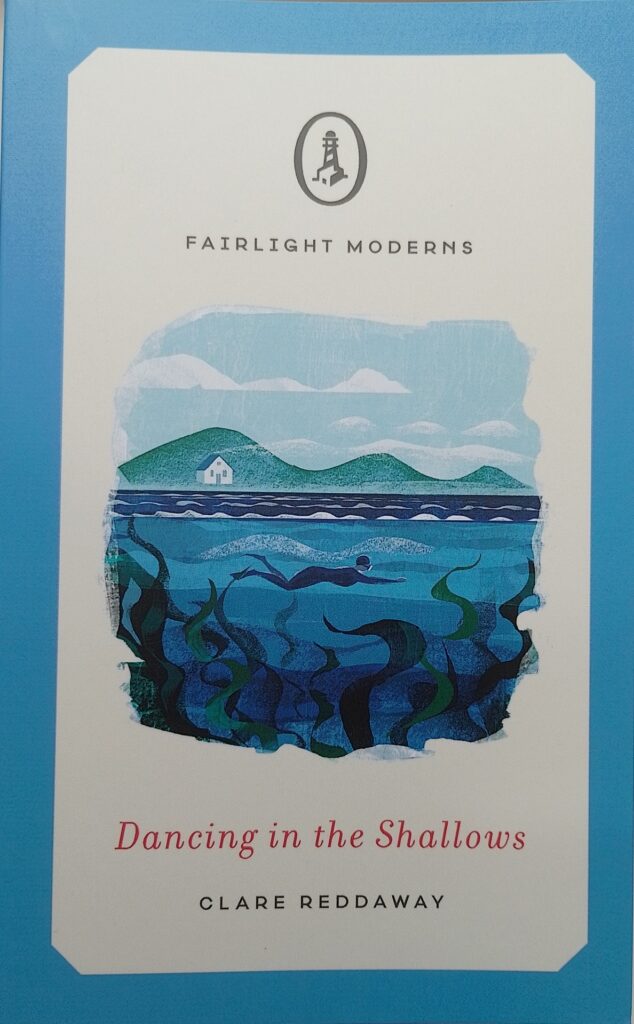First published 2024. Fairlight paperback, 2024, pp 251, c.37,000 words.
If you are of the school of thought that all men are bastards then you may well love this book, if not, well that aspect becomes rather tedious. My notes include for p115 ‘another horrible man’, p117 ‘truly horrible’, p136 ‘another shit man’, p153 ‘another unpleasant man’, p202 ‘yet another bad man’. There are controlling, thoughtless husbands and feckless, commitment-phobic men. The only apparently nice man is a toy-boy who is slow to make an advance but good looking without his shirt on. The women like to clean, take control, get organised, one is determined to be a scientist, another an artist.
This story is a contemporary family drama with flashbacks over four generations. The main protagonist is Isla, a thirty-something, stuck in a dead-end job in an unexciting small town in southern England. She inherits a cottage on a Scottish island from a grandfather she barely knew. An inheritance may be a hackneyed device from which to spring a story, but it is not unrealistic: legacies can be transformative. Not a single marriage in this family is happy and stable. Isla’s father abandoned her mother (or was the mother snatched away by her mother immediately after Isla’s birth?)
The story is about the how and why of the inheritance and its consequences. We are taken through conventional stations of family drama such as giving birth and a child getting lost in a public place. Washing through the story line are swimming and the sea, which allows for some interesting reflections on life and family, along with some fine descriptions of coastal environments, from crowded southern pleasure beaches for the masses to remote and wild northern shores for the more discerning.
Reddaway writes clearly and perceptively of her middle-class world. There are some lovely sentences: ‘This was a funeral filled with regret.’ [p57], and a fine description of a rock-pool ending ‘a world in miniature.’ [p111]. On a couple of occasions the characters and events were not entirely believable, e.g. would a man like that have a favourite flower? [p92], some bacon burnt to inedibility very quickly [p99] – wouldn’t they have smelt it long before that? A list of food was very retro for 1999, even if ‘Pat and Jim liked a traditional picnic’ [p149]. It seemed unlikely that a character was so neat and efficient a temporary secretary and yet was living in a squalid squat and casually got pregnant.
The book’s structure is tricksy: although Isla is the central focus, we get other characters’ points of view for interleaving chapters. These are not in chronological order which disrupts the flow while trying to work out if something was happening before or after the last bit. One chapter has a particularly odd structure: it is a telephone conversation, with one person’s view on one side of the page and the other’s opposite. It also is divided between plain text for the spoken words and italic for thoughts. Using quotation marks would have been more conventional and made it easier to understand.
Biography of Reddaway from her own website: https://www.clarereddaway.co.uk/about-me
Others’ reviews of the book: https://www.goodreads.com/book/show/178811123-dancing-in-the-shallows?ref=nav_sb_ss_1_23
© William John Graham, May 2024

